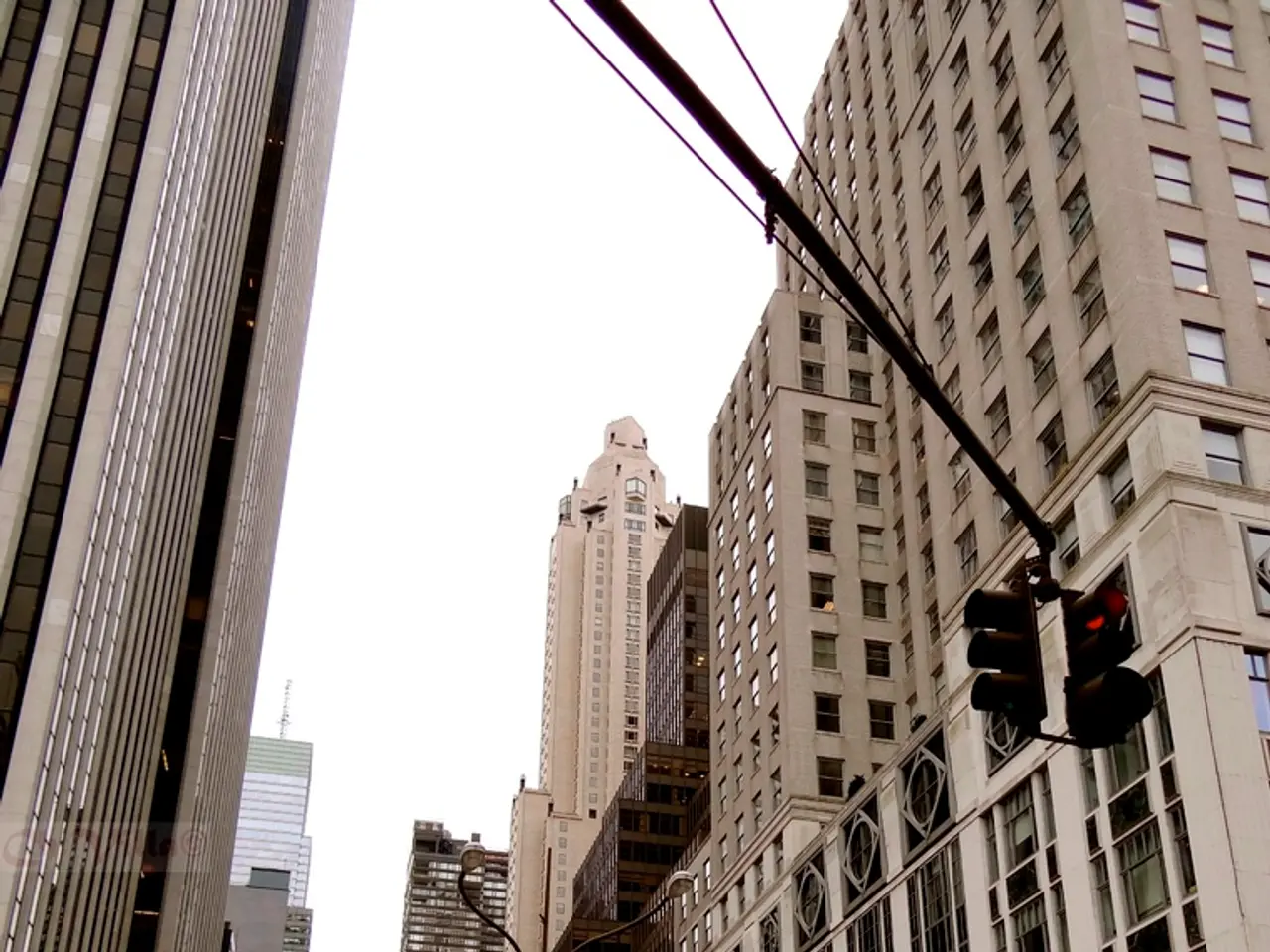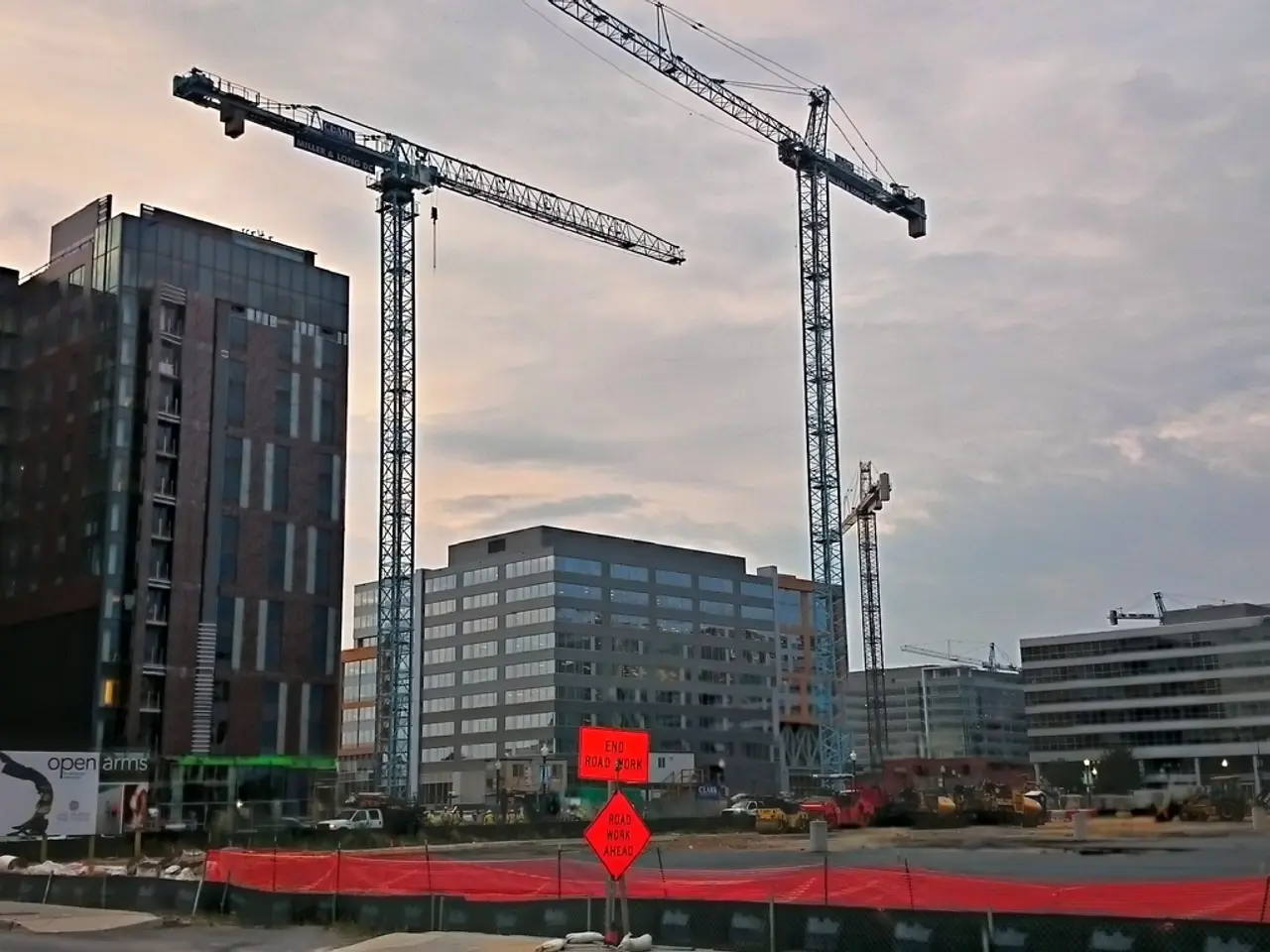Misleading roadblocks for tourists in Zandvoort indicated on Google Maps
In the coastal town of Zandvoort, residents have taken a creative approach to tackle tourist traffic congestion by manipulating Google Maps. By falsely reporting closed routes and spoofing location data, they managed to induce virtual street closures on the town's routes leading to popular beaches.
These manipulations led to Google Maps showing several streets leading to large beach parking lots as supposedly closed. This move was particularly effective among tourists from the region of NRW, who frequent the beaches in Zandvoort.
However, the consequences of such actions were far-reaching. Misleading navigation for users who trust Google Maps for real-time routing resulted in unnecessary detours and confusion. Furthermore, the impact on traffic flow and emergency services was significant if routing was distorted by false closures.
The erosion of trust in digital map data and user-contributed updates is a concerning side effect of these manipulations. Google has acknowledged the issue and has taken steps to moderate and correct false information. In this case, Google removed the incorrect street closures on Zandvoort's routes to the beaches on Google Maps in response to a request from a news outlet.
It's important to note that user information is just one part of the sources from which Google Maps gets its information. Unlike other navigation devices, drivers can see almost real-time information about traffic jams, accidents, or closures on Google Maps, making it a powerful tool for navigation.
However, this power also makes Google Maps susceptible to manipulation, as it has transitioned towards a social platform with user-generated content affecting map accuracy. Legitimate road closures are normally updated by authorities and visible on the map, but false reports can create virtual closures with negative downstream effects.
The mayor of Zandvoort stated that they do not have the authority to close streets, and the police cannot do much about the situation. The manipulation of Google Maps by residents was initially effective in reducing tourist traffic, but the problem of traffic congestion was merely shifted to other districts, causing frustration for residents there.
Despite these challenges, the weakness of Google Maps and similar navigation tools is also their strength. They offer a platform for users to contribute and engage, but it's crucial that this platform is used responsibly to maintain trust and accuracy in digital map data.
Germans, seeking solutions for Zandvoort's tourist traffic congestion, manipulated Google Maps by falsely reporting street closures leading to beaches, which affected gadget-reliant tourists from neighboring NRW. This manipulation, while initially successful, eventually caused unnecessary detours, confusion, and even disrupted emergency services, eroding trust in digital map data.




